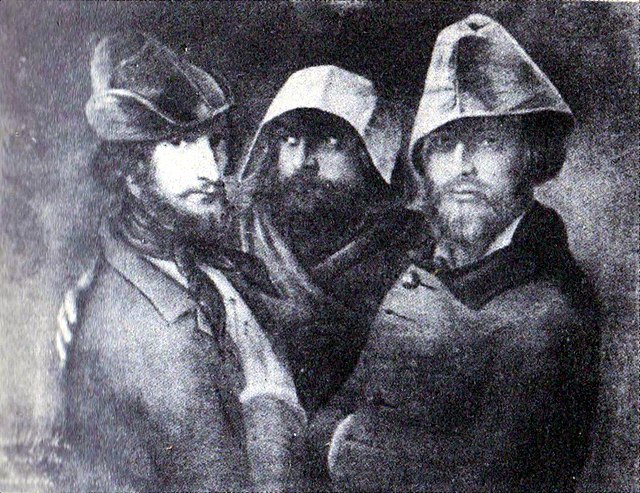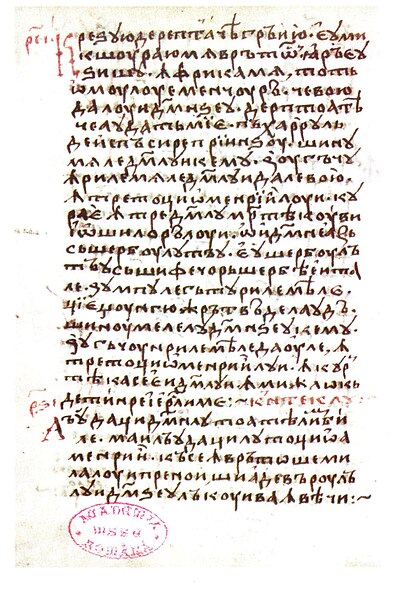The Transylvanian School was a cultural movement which was founded after part of the Romanian Orthodox Church in Habsburg-ruled Transylvania accepted the leadership of the pope and became the Greek-Catholic Church. The links with Rome brought to the Romanian Transylvanians the ideas of the Age of Enlightenment. The Transylvanian School's major centres were in the cities of Blaj (Balázsfalva), Oradea (Nagyvárad), Lugoj (Lugos) and Beiuș (Belényes).
The Transylvanian School Monument in Cluj-Napoca, depicting Petru Maior, Gheorghe Șincai, and Samuil Micu.
Supplex Libellus Valachorum Transsilvaniae, Cluj, 1791
Petru Maior
Samuil Micu-Klein
Romanian is the official and main language of Romania and Moldova. Romanian is part of the Eastern Romance sub-branch of Romance languages, a linguistic group that evolved from several dialects of Vulgar Latin which separated from the Western Romance languages in the course of the period from the 5th to the 8th centuries. To distinguish it within the Eastern Romance languages, in comparative linguistics it is called Daco-Romanian as opposed to its closest relatives, Aromanian, Megleno-Romanian, and Istro-Romanian. It is also spoken as a minority language by stable communities in the countries surrounding Romania, and by the large Romanian diaspora. In total, it is spoken by 25 million people as a first language.
Neacșu's letter is the oldest surviving document written in Old Romanian that can be precisely dated
Lithograph of a group portrait by Constantin Daniel Rosenthal, showing Paris-based revolutionaries during the early 1840s. From left: Rosenthal (wearing a Phrygian cap), C. A. Rosetti, anonymous Wallachian
Ion Creangă
Hurmuzaki Psalter, written around 1500








